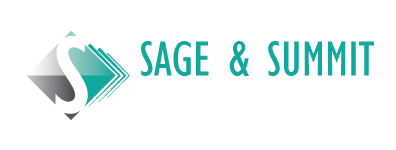Role design and people selection are crucial to an organization’s success. Electric guitars in a symphony playing a traditional version of Beethoven’s Fifth are of limited value, even if you have Jimi Hendrix playing guitar. In all organizations, the roles and the people need to align with your strategy, your culture and your systems and processes.
Although we may think about getting the organizational structure exactly
right before we define roles in the company, a survey by Strategy+Business
showed that changes to information flow and decision rights are more impactful
than changes to the org structure. In other words, who knows what, and who
makes what decisions may not always line up with hierarchy. Knowing how things
really get done can help in designing roles & responsibilities. The org chart can then be adapted to support the
real flow of information and decisions.

Taking a non-traditional approach to role definition can help with attraction, retention, and organizational effectiveness. Three ideas to consider are:
1. Hire more people working less hours. This provides access to a wider range of skills and provides more redundancy to support growth or staff shortages due to illness, vacations, and vacancies.
2. For senior positions consider adapting the roles to the strengths of the leader. You will never find the perfect person for any role, so if you have good people in key positions, flex their role description to help them to be extremely effective and happy in their roles.
3. Consider formalizing cross-training to create “technical” expert roles. For people who aren’t inclined to move into supervisory or managerial positions entice them to expand their expertise in multiple positions. As a “technical” expert they can earn more pay by being an expert at multiple roles. This concept can work in the factory, in the office, or the field – wherever you have multiple roles that an employee can fulfill from their home base.
It’s difficult to hire the right people every time so it might feel like an art form, but large companies use science-based methods to sort through millions of applicants to find just the right ones. Each company has their own approach, but here are four things Google does to hire the right people.
1. Doing what the science says: Combining behavioral and situational structured interviews with assessments of cognitive ability, conscientiousness, and leadership. This is a mouthful, but you can find sample questions on-line to help you create your own questions (https://theinterviewguys.com/google-interview-questions/).
2. Structured Interviewing: Use the same interview methods (questions, time allocation, rating method) to assess candidates who are applying for the same job.
3. Let direct reports and someone from outside the department interview the candidate.
4. Hiring decisions are made by a team, not by the manager.
Putting the right people in the right seats is a fundamental job of a leader. Research to understand the current best methods. Adapt them to your organization then measure results and repeat the process for an orchestra that is always full of the right players with the right instruments.
Sources:
https://www.strategy-business.com/article/00318
https://www.wired.com/2015/04/hire-like-google/
https://www.cnbc.com/2017/11/30/google-uses-this-scientifically-proven-method-to-hire-employees.html

